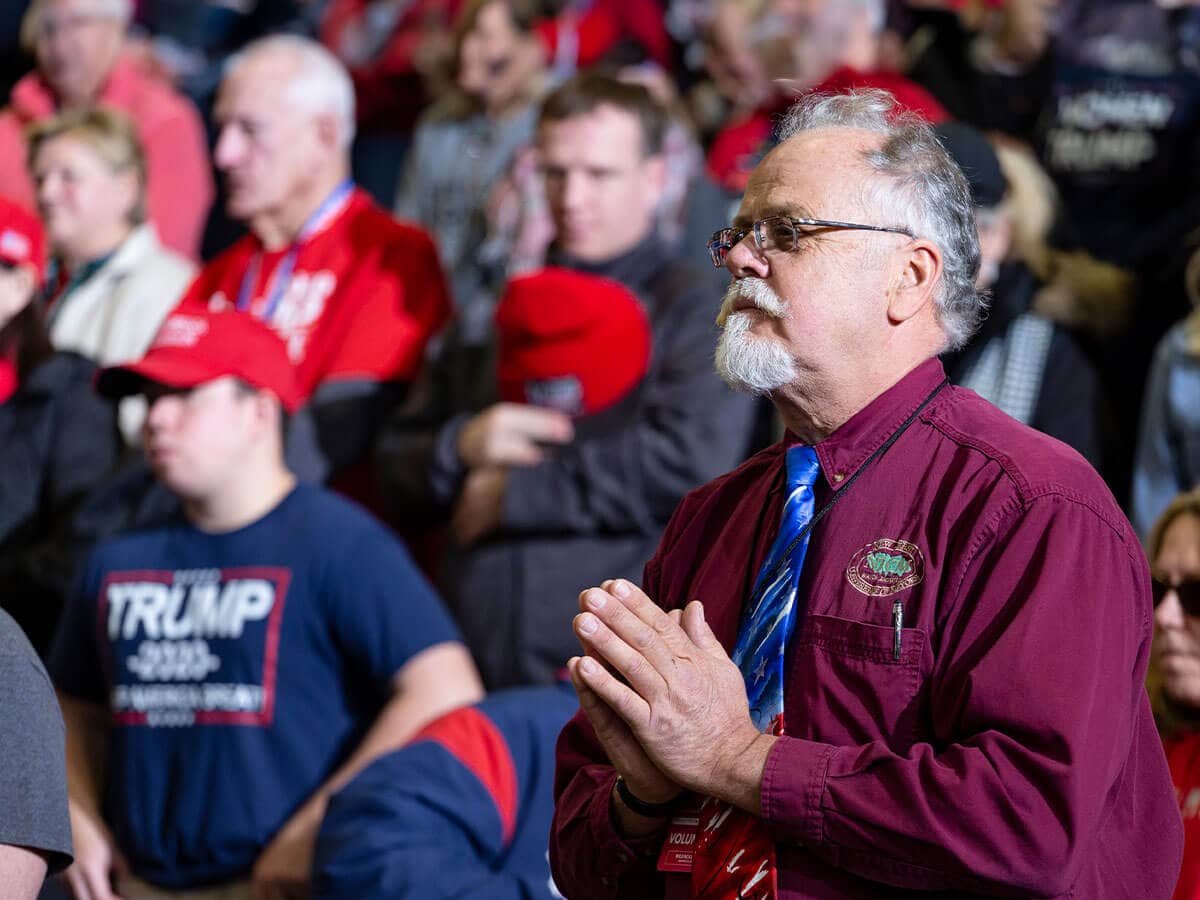Every encouraging restoration of religious liberty seemed to be countered by a later O'Connor vote going the other way. Justice O'Connor's subjective, fact-specific approach to religion law questions advanced religious liberty on some issues but hindered it in others-with no discernible pattern. Religious liberty under O'Connor was like a box of chocolates: You never knew what you were gonna get. But, in the end, her well-intentioned tenure may be characterized best as a missed opportunity to secure clearly religion's rightful place in American public life.
Justice O'Connor has often been called a centrist on church-state issues, but this is true only in a limited sense of averages. Because she routinely alternated between two mutually exclusive positions on these issues-strict secularism vs. upholding the tradition of religion in public culture-one can say she approached the "center" in a rough metaphysical sense. But of course, the Supreme Court was not created to balance a spreadsheet of cases to hit a hypothetical average of freedom; rather, the Court is bound to resolve the "cases and controversies" before it based on clear legal principles and the Constitution.
In approaching religious liberty questions, however, O'Connor thinks that "[r]eliance on categorical platitudes is unavailing. Resolution instead depends on the hard task of judging--sifting through the details." But her insistence on avoiding categorical platitudes left her opinions without categorical principles, which are the lifeblood of the law. As a result, she was for legislative chaplains, but against a moment of silence; for "under God" in the Pledge of Allegiance, but against displaying the Ten Commandments; for a menorah in a holiday display, but against a nativity scene. And no one but Justice O'Connor could easily reconcile all of these seemingly contradictory decisions. Her approach made everything a matter of her subjective judgment, and that's not why we have a Constitution.
To be fair, Justice O'Connor did at times take a strong stand for the principles undergirding our religious liberty. She repeatedly played a critical role in rolling back precedents that had unfairly excluded private religious viewpoints from the public square. On this front, she was part of a slim majority that ended government discrimination against religious speech and preserved the right of religious groups to equal funding and equal access to government resources, such as university student club funding and after-school elementary school facilities.
Additionally, Justice O'Connor drew an uncharacteristic line in the sand for religious liberty in the landmark case of Employment Division v. Smith (1990). In Smith, the Supreme Court gave government unprecedented license to burden religious expression as long as it used ostensibly "neutral" laws to do so. O'Connor responded that neutral laws can violate the right to religious exercise just as surely and severely as laws that target religious exercise, and that the text, structure, and history of the First Amendment reflected as much. Her opinion in Smith vigorously attacked the majority's watered-down protections as "incompatible with our Nation's fundamental commitment to individual religious liberty."
"...we saw a very different Justice O'Connor..."
Read more on page 2>>
| _Related Features | |
|
|
 |
"the Free Exercise Clause is not simply an antidiscrimination principle that protects only against those laws that single out religious practice for unfavorable treatment. Rather, the Clause is best understood as an affirmative guarantee of the right to participate in religious practices and conduct without impermissible governmental interference, even when such conduct conflicts with a neutral, generally applicable law."
This was O'Connor at her finest: clear, principled, and adamant in supporting the Constitution's Free Exercise guarantees.
But when it came to the Establishment Clause, we saw a very different Justice O'Connor; one consistent with her broader reputation as the Supreme Court's "swing vote." She was stubbornly resistant to any sort of categorization and more often than not, threw her hat in with the court's secularists.
For example, she devised a "reasonable observer" test for government displays of religious symbols which led the court away from any principled interpretation of what counts as an "establishment of religion." In practice, this became a subjective test that varied with the whims of the individual justices. There was simply no way to know what this imaginary observer would think until a justice, usually O'Connor, imagined it. From this came the well-known phenomenon of lawyers specifically addressing, as best they could, their legal briefs and oral argument answers to only one Justice of the Court-O'Connor.
Justice O'Connor's last decision on church-state issues was unfortunate but telling. Just days ago in McCreary County v. ACLU, she voted with the majority to bar a Ten Commandments display on government property "because it conveys an unmistakable message of endorsement to the reasonable observer.... and identifies nonadherents as outsiders." She also hinted that allowing government acknowledgement of religion would put America on the path toward the exercise of "religious authority by government" and "violent consequences." O'Connor's last "swing vote" swung so far to the secularist side that one wonders whether she would ever swing back. But with her retirement, we will never find out.
While O'Connor rightfully acknowledged the rights of religious believers to be free from government burdens in the private sphere, she mistakenly failed to appreciate that government may recognize its constituents' varied religions and our nation's religious heritage in the public sphere, without establishing a state religion. We hope O'Connor's successor will interpret the First Amendment using principled standards tethered to the history and text of our Constitution and turn O'Connor's mixed legacy into an enduring guarantee of our religious liberties.

